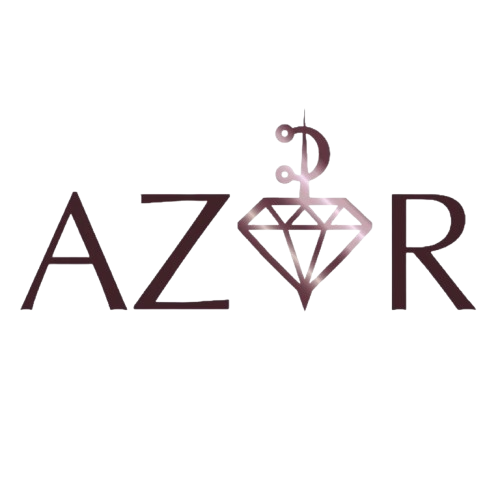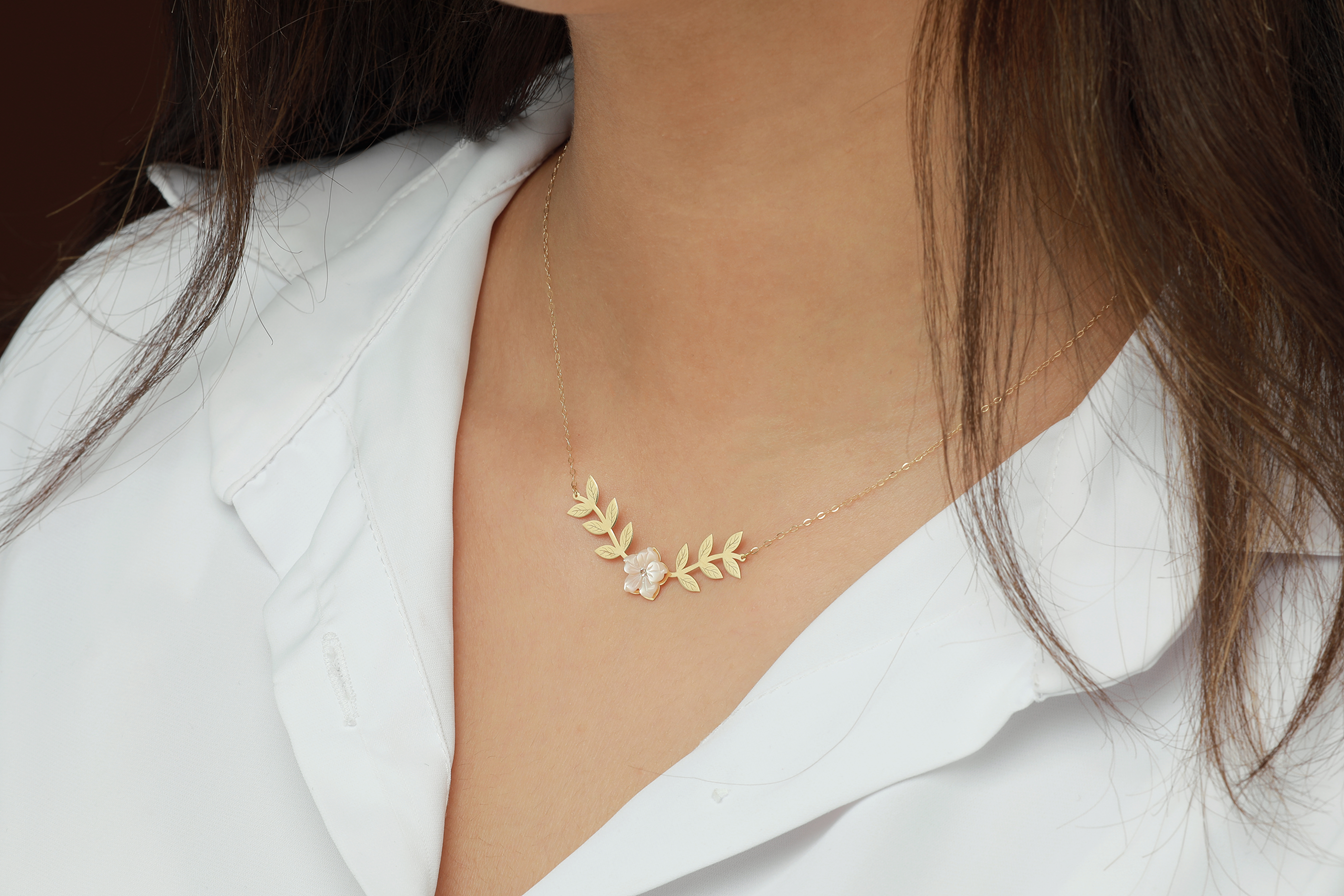
The Manufacturing Secrets No One Tells
Share
Mustapha has been working for us for eight years. Before that, he worked for a jeweler in the medina of Fez. His hands know gold like others know their own skin.
That morning, he was finishing a Neo Happy Family necklace. My daughter Lina, on school vacation, was looking over his shoulder with that curiosity I love about her.
"Why have you been doing the same thing for an hour, Ammi Mustapha?" (She's called him "uncle" since she was little.)
Mustapha smiled without looking up from his work: "Little Lina, look carefully. Do you see this weld? If it's not perfect, in five years, the lady's necklace will break. And your mother won't be happy."
The gestures we never see
What our customers don't know is that before an AZOR piece of jewelry arrives in their case, it has been handled dozens of times. Each solder is double-checked. Each engraving is tested on a separate piece of gold before being transferred to the final piece.
The other week, Mustapha completely redid a tattoo bracelet because one link was 0.2 millimeters wider than the others. "It may not be noticeable now," he told me, "but when the woman wears it, it will snag her clothes."
This obsession with detail is what differentiates craftsmanship from assembly line work.
The techniques my father taught me
My father, may God rest his soul, was a goldsmith in the souk of Rabat. As a child, I spent my summer afternoons in his tiny workshop, which smelled of flux and hot metal.
"Yasmina," he told me, adjusting his glasses, "gold never lies. If you do it sloppily, it shows. If you respect it, it shows."
I passed these lessons on to the entire AZOR team. We still use some of the techniques Dad taught me—like this special way of heating gold to keep it supple, or this polishing method that gives our creations that special shine.
Why we reject automatic machines
Last year, an Italian supplier offered us a machine that automatically engraves Tifinagh names. It's faster, more consistent, and less expensive.
I said no. Because when Ahmed, our engraver, traces a Tifinagh "A" by hand, he puts a part of his soul into it. That small difference in the thickness of the line, that slight personal curve—that's what makes each piece unique.
Our customers don't necessarily realize it, but when they wear our jewelry, they're wearing a piece of humanity. Not industrial perfection, but artisanal beauty.
What my daughter learned
That evening, Lina said to me: "Mom, now I understand why your jewelry costs more than the ones at the mall. It's because Ammi Mustapha puts his heart into it."
Exactly, my dear. Exactly.

